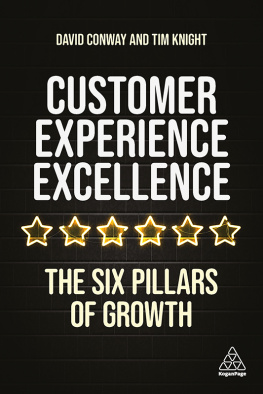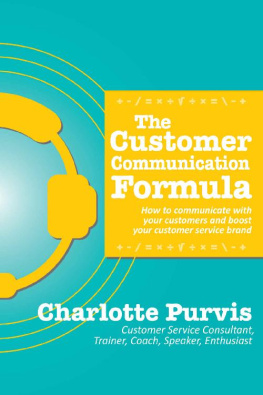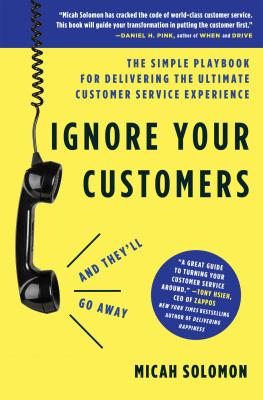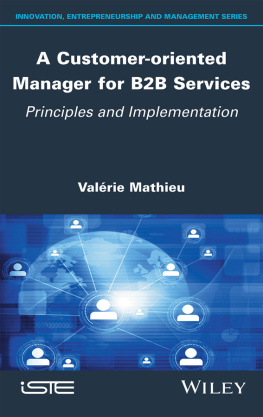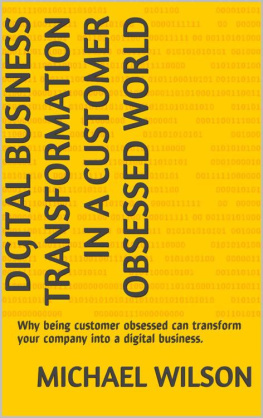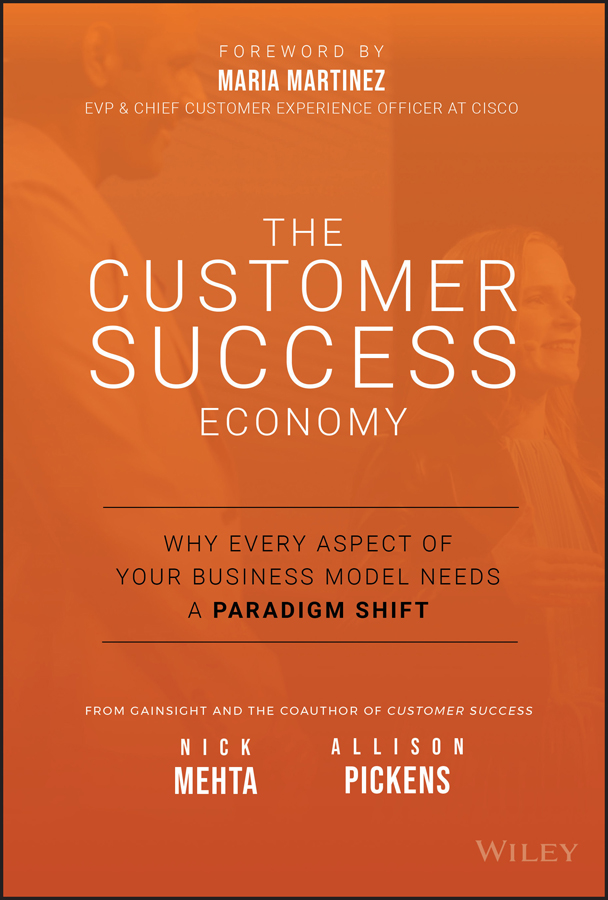
Table of Contents
List of Illustrations
- Chapter 1
- Chapter 2
- Chapter 3
- Chapter 5
- Chapter 6
- Chapter 7
- Chapter 9
- Chapter 14
- Chapter 18
- Chapter 20
- Chapter 22
- Chapter 23
- Chapter 24
Guide
Pages
THE CUSTOMER SUCCESS ECONOMY
WHY EVERY ASPECT OF YOUR BUSINESS MODEL NEEDS A PARADIGM SHIFT
NICK MEHTA
ALLISON PICKENS

Copyright 2020 by Gainsight, Inc. All rights reserved.
Published by John Wiley & Sons, Inc., Hoboken, New Jersey.
Published simultaneously in Canada.
No part of this publication may be reproduced, stored in a retrieval system, or transmitted in any form or by any means, electronic, mechanical, photocopying, recording, scanning, or otherwise, except as permitted under Section 107 or 108 of the 1976 United States Copyright Act, without either the prior written permission of the Publisher, or authorization through payment of the appropriate per-copy fee to the Copyright Clearance Center, Inc., 222 Rosewood Drive, Danvers, MA 01923, (978) 7508400, fax (978) 6468600, or on the Web at www.copyright.com. Requests to the Publisher for permission should be addressed to the Permissions Department, John Wiley & Sons, Inc., 111 River Street, Hoboken, NJ 07030, (201) 7486011, fax (201) 7486008, or online at http://www.wiley.com/go/permissions.
Limit of Liability/Disclaimer of Warranty: While the publisher and author have used their best efforts in preparing this book, they make no representations or warranties with respect to the accuracy or completeness of the contents of this book and specifically disclaim any implied warranties of merchantability or fitness for a particular purpose. No warranty may be created or extended by sales representatives or written sales materials. The advice and strategies contained herein may not be suitable for your situation. You should consult with a professional where appropriate. Neither the publisher nor author shall be liable for any loss of profit or any other commercial damages, including but not limited to special, incidental, consequential, or other damages.
For general information on our other products and services or for technical support, please contact our Customer Care Department within the United States at (800) 7622974, outside the United States at (317) 5723993 or fax (317) 5724002.
Wiley publishes in a variety of print and electronic formats and by print-on-demand. Some material included with standard print versions of this book may not be included in e-books or in print-on-demand. If this book refers to media such as a CD or DVD that is not included in the version you purchased, you may download this material at http://booksupport.wiley.com. For more information about Wiley products, visit www.wiley.com.
Library of Congress Cataloging-in-Publication Data is Available:
ISBN 9781119572763 (Hardcover)
ISBN 9781119572756 (ePDF)
ISBN 9781119572732 (ePub)
Cover Design: Hayley Cromwell
Cover Image: Carlo Nasisse | Hed Hi Media
Foreword
The term Customer Success has become a buzzword in today's business world.
The statement that I wrote four years ago to begin the foreword of Customer Success: How Innovative Companies Are Reducing Churn and Growing Recurring Revenue now seems antiquated in 2020. After all, Customer Success is light years past buzzword status these days.
In 2016, most people in the business world, even those in cutting-edge, pure-play SaaS companies, were unfamiliar with the concept of Customer Success. It was crystal clear that the economy was rapidly changing. The old model of customer servicereactive, costly, bare-minimum customer servicewas no longer going to work now that customers were holding all the cards.
Nick, Dan, and Lincoln's book was the perfect book at the perfect time. It gave forward-thinking leaders a blueprint to adapting to the changing market. It taught them the necessity of Customer Success as a strategy and an organizational function. It gave them the tools to create a Customer Success Management team from scratch and to lay a path to grow their careers in an emerging field.
Four years later, dog-eared copies of that book are on the desks of tens of thousands of leaders and practitioners of Customer Success around the globe. I've even seen it on several CEOs' shelves! It's been translated into four languages and has helped fuel a movement that's become one of the fastest-growing emerging jobs on the planet. There's a pretty simple reason for it: churn.
As the subtitle of the book suggests, Customer Success was focused on two deeply intertwined topics: Reducing Churn and Growing Recurring Revenue. It was about staving off the silent killer of subscription businesses and developing a defensive strategy.
In 2016, most people still didn't understand Customer Success beyond customer service. Where customer service is a necessary but reactive aspect of customers successfully using a product, Customer Success involves a more holistic understanding of a customer's business objectives. If you were in Customer Success four years ago, it's easy to imagine you spent a lot of time just explaining your job and its value.
Today, nobody needs to be convinced of the value the customers create for their business or the business imperative of proactively nurturing and deepening those relationships. But what's the next step? Why this new book? Why now?
It's become clear that too many businesses stopped reading after Reducing Churn. The conversation ended with, I'm not selling anything. In far too many cases, they stopped at Customer Success Management.
As Nick and Allison make the case in this book, Customer Success has a second phase of evolution that goes far beyond churn and far beyond CSM. In this new evolution, Customer Success is infused into every part of your company and is fulfilled in every interaction between every team member and customerat every level.
Customer Success 2.0 isn't a defensive strategy. It's all about the offenseunlocking your customer's huge, hidden growth potential through people, processes, and technology built for 2020 and beyond.
There's a quote from Steve Jobs that I love: You have to start with the customer experience and work backward to the technology. You can't start with the technology and figure out where you are going to try to sell it.
I think the same is true with books as wellyou have to start with the reader and work backward to the book. In 2016, the reader was a Customer Success neophyte, likely learning about the need for a new way of business for the first time. But in 2020, the reader of Customer Success 2.0 already knows the imperative. They know how to run a CSM team. They know how to fight churn.
But they need to know how to scale Customer Success across the entire organization; how to go from Customer Success to customer growth; how to build Customer Success into the product itself; how to unify customer data; and most importantly, how to bring humanity back into technology.
I look forward to seeing well-worn copies of this book on the shelves of the next generation of Customer Success innovators.
Maria Martinez
Executive vice president & chief customer experience officer at Cisco
PART I
Why Customer Success Became Standard
Next page

